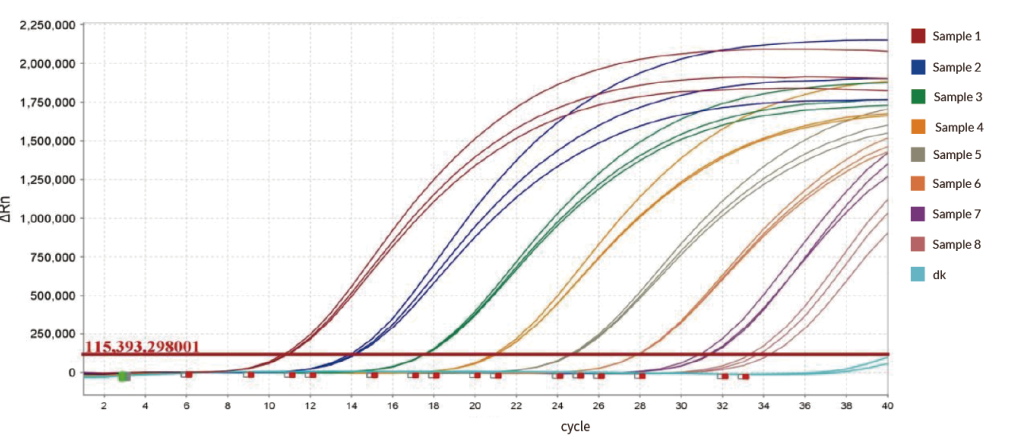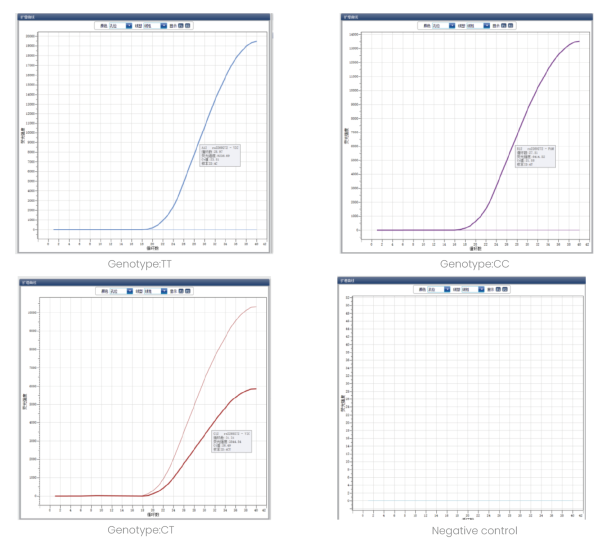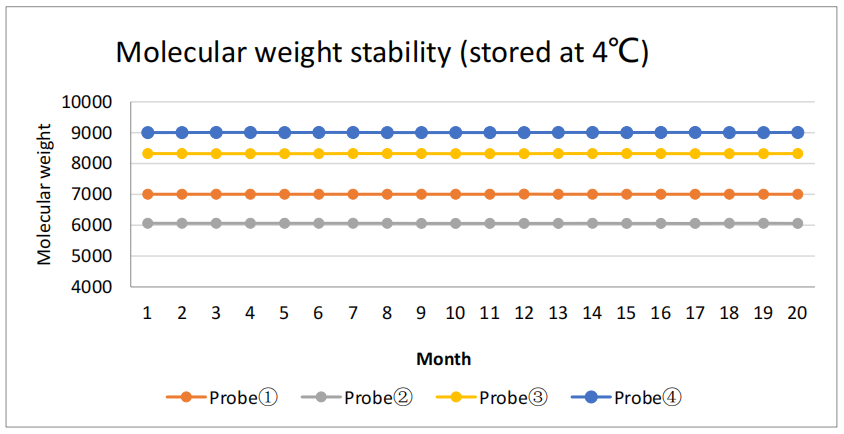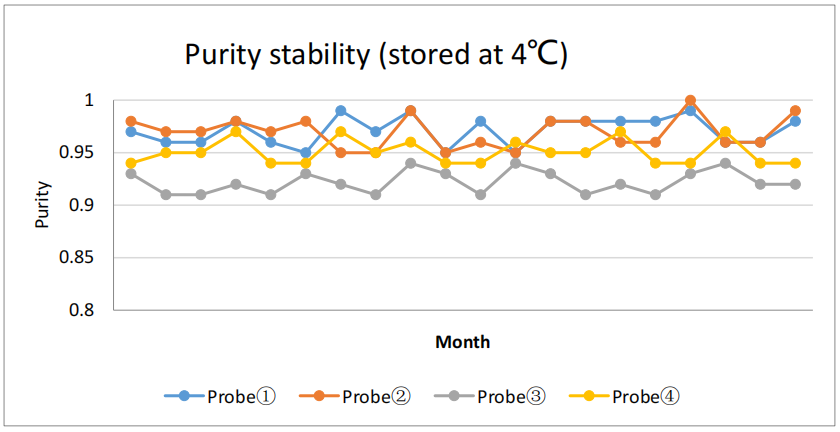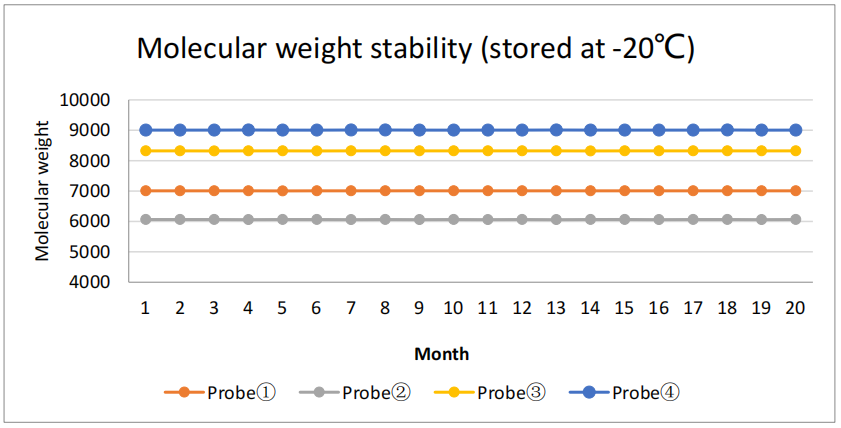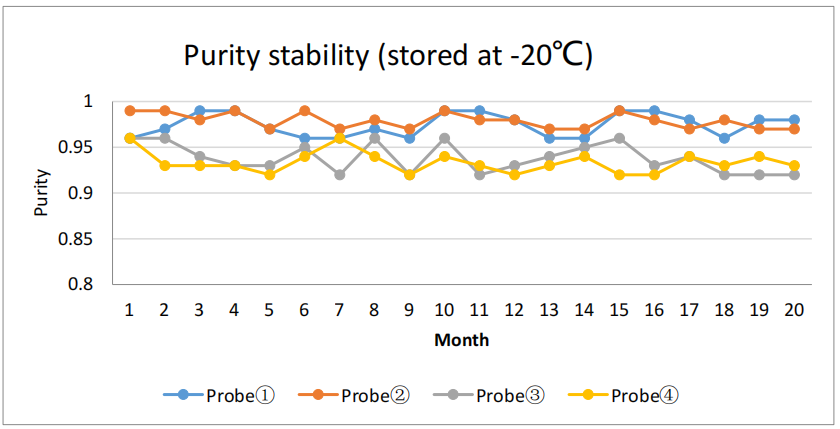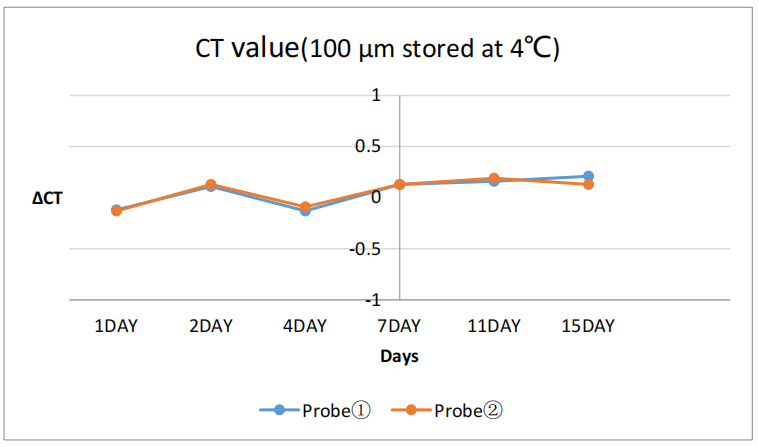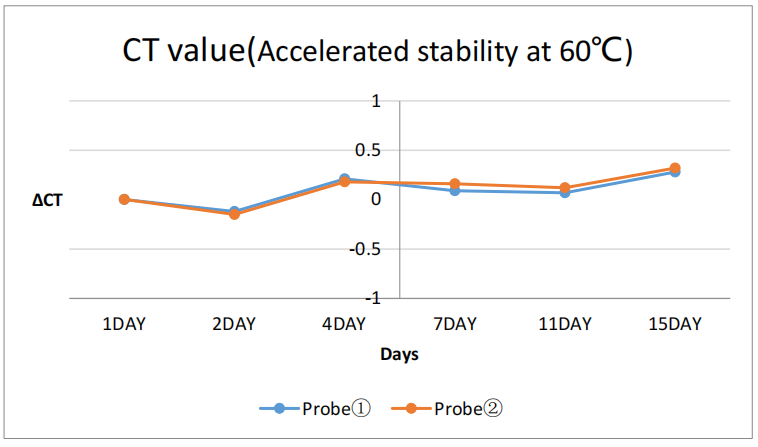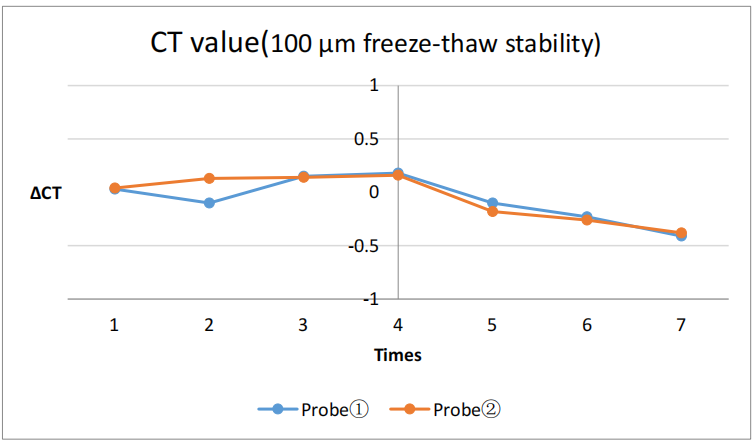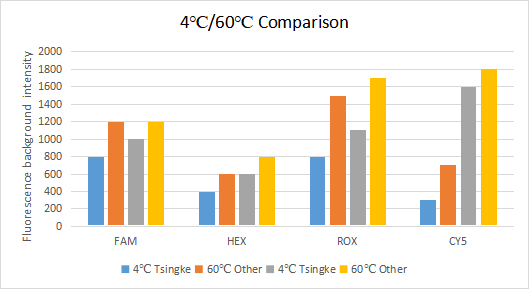



|
Service Name |
Length (nt) |
Purification |
Price/ |
Deliverable |
Application |
|
qPCR Probes |
15-30 |
DSL/OPC/PAGE/HPLC/ |
Inquire |
· Tube or Customized · Lyophilized DNA ·COA Report |
The most commonly used types of qPCR experiments |
|
MGB Probes |
13-25 |
For qPCR experiments with higher TM |
|||
|
Double-Quenched Probes |
15-45 |
For qPCR experiments with longer probes |
|||
|
Molecular Beacons |
25-40 |
For qPCR experiments with extremely high sensitivity requirements |
|||
|
Other Probes |
Customized |
Customized |
Special application directions |
|
Fluorescent Dyes |
Max Abs |
Max Em |
Quenchers |
Quenching range |
Quenching Max |
|
FAM |
494 nm |
518 nm |
Dabcyl |
380 nm-530 nm |
452 nm |
|
TET |
521 nm |
536 nm |
Eclipse |
390 nm-625 nm |
522 nm |
|
JOE |
520 nm |
548 nm |
MGB |
390 nm-625 nm |
522 nm |
|
VIC |
538 nm |
554 nm |
TAMRA |
470 nm-560 nm |
544 nm |
|
HEX |
535 nm |
556 nm |
BHQ1 |
480 nm-580 nm |
534 nm |
|
Quasar 570 |
547 nm |
570 nm |
BHQ2 |
550 nm-650 nm |
579 nm |
|
Cy3 |
552 nm |
570 nm |
BHQ3 |
620 nm-730 nm |
672 nm |
|
TAMRA |
565 nm |
580 nm |
|||
|
ROX |
585 nm |
605 nm |
|||
|
Texas Red |
595 nm |
615 nm |
|||
|
Alexa Fluor 633 |
632 nm |
647 nm |
|||
|
Cy5 |
643 nm |
667 nm |
|||
|
Quasar 670 |
647 nm |
667 nm |
|||
|
Cy5.5 |
684 nm |
710 nm |
|||
|
Cy7 |
750 nm |
773 nm |
